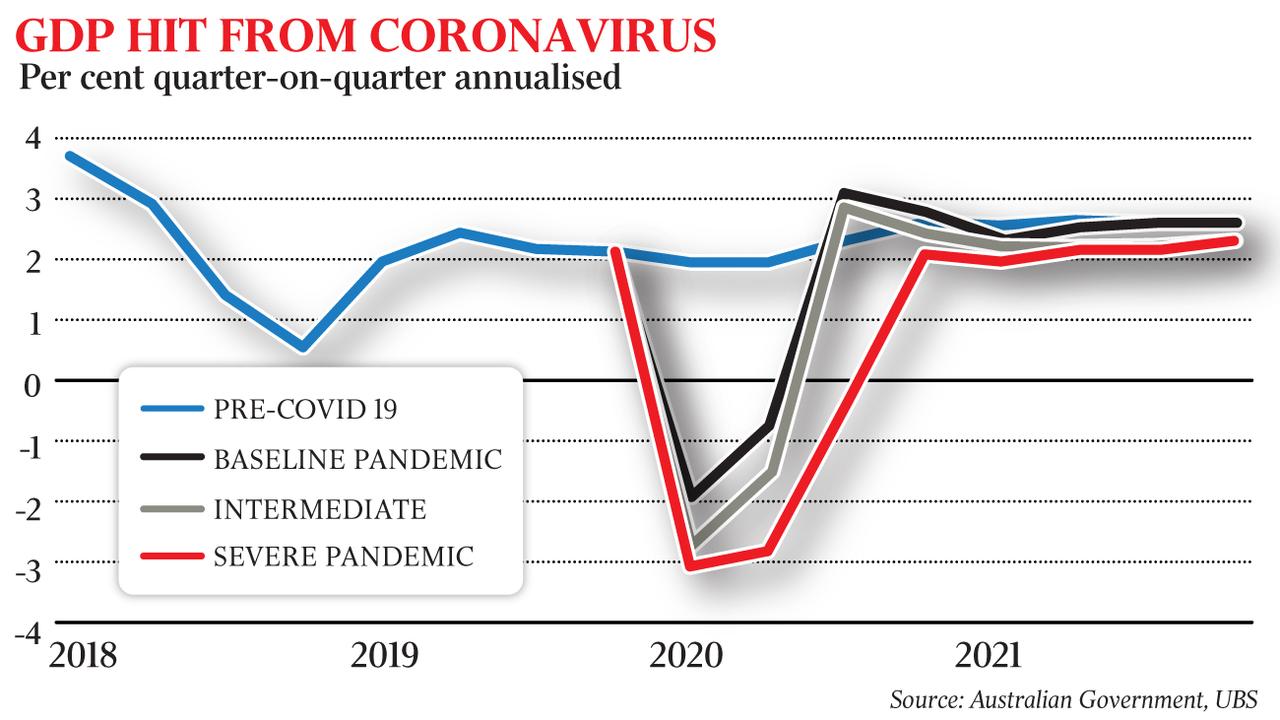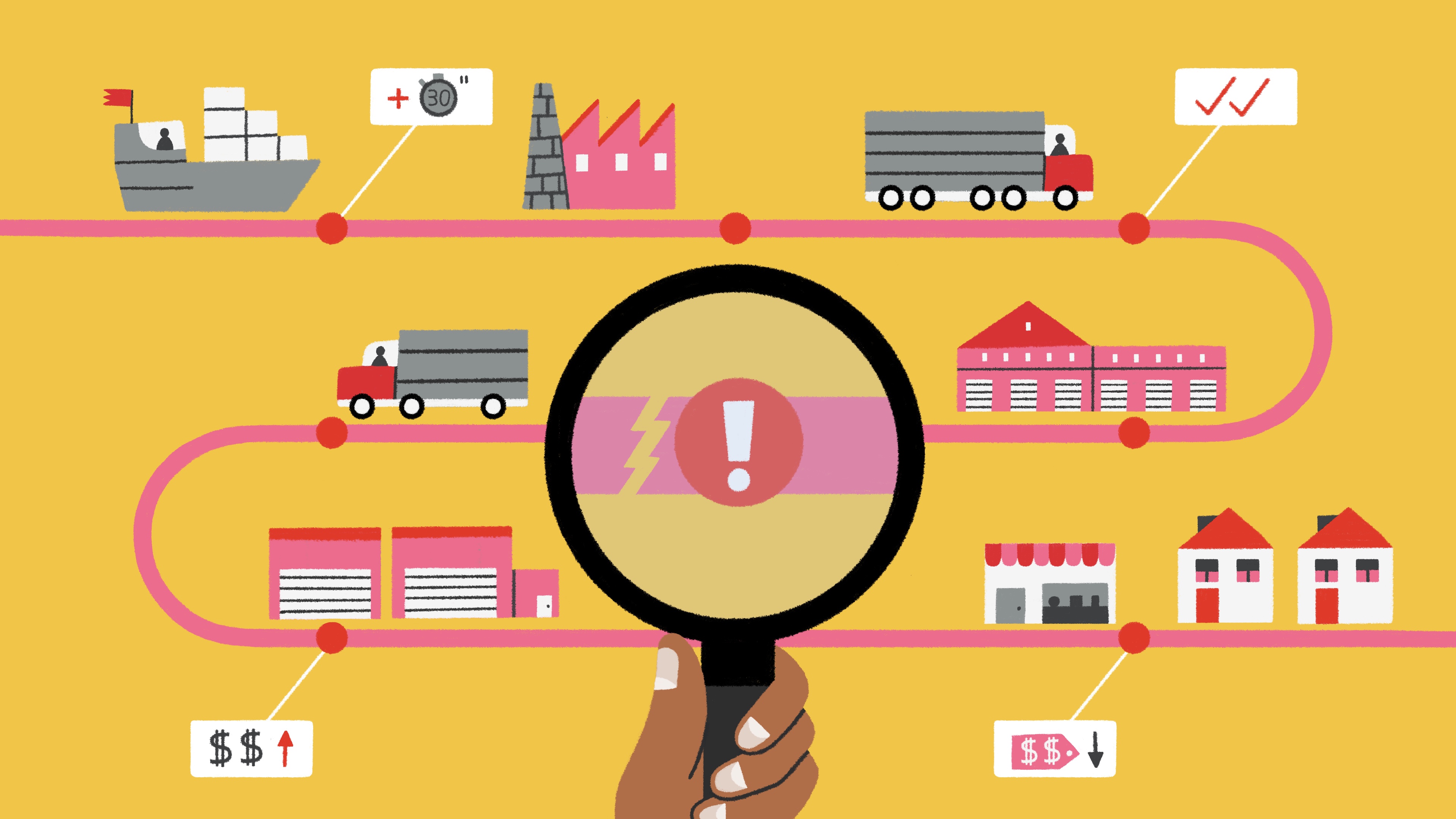The post 10 Australian Startups In 2023 That Can Change Aussie Lifestyle appeared first on TheAussieway.
]]>
From tropical beaches to aboriginals, cute koalas, rolling wines, and lush rainforests, there’s nowhere like Australia.
Besides, being a tourist hub, Australia is also where businesses thrive, especially startups.
Brands like Gleam and Canva are first-hand examples. Currently, the numbers look pretty impressive, with more than 1800 neo-age brands making an impact.
The reasons aren’t obscure enough to scan.
A. A rock-solid economy: Australia is the 13th among large economies that haven’t witnessed recession for over a couple of decades. Also, this nation has a pretty low unemployment rate and shows stable growth.
B. Strong and uncompromised VC funding: With more than 100 VC firms investing in Australia, coupled with incubators and accelerators, startups are blessed with early-stage boost-ups. Take 2022, for instance, when Australian startups raised no less than $5.1 Billion. Surprisingly, it’s a drop from 2021. Now, that’s growth right there.
C. Proactive support from the government: Perhaps one of the most compelling reasons why Australian startups stay profitable is the push from the government. Whether it’s small grants or the ambitious Startup Year Program launched in 2022 aimed at bringing more entrepreneurs to the mainstream market, there’s no dearth of motivation.
Here’s a look at 10 promising Australian startups in 2023 that can impact the Aussie lifestyle.
Dovetail

Dovetail is 2017 Australian marketing startup operating out of Sydney. It is a SaaS solution platform that works towards aggregating customer feedback and research under one roof.
In short, Dovetail makes it easy to monitor customer satisfaction and incorporate necessary changes every now and then.
Since they began, Dovetail has been through some high-profile funding, including a $63 Million Series A round led by Accel in 2022. No wonder, Dovetail’s business model has become popular in no time.
The company at a glance
Key People: Benjamin Humphrey, Bradley Ayers
Location: Sydney
Number of employees: 51-100
Area of focus: Customer Research
Similar organizations: POTLOC, Crowd Analyzer, and Tetra Insights
Athena

Another 2017-born Aussie startup, Athena, is headquartered in Sydney and is a rising star in the fintech space.
As a solution provider organization, they help individuals accelerate their home loan repayment and simplify the process of purchasing a home.
By connecting homeowners and prospective homeowners with ethical investors, Athena has been able to successfully address the most pressing demands. The company set a new record for the largest fundraising ever achieved by an Australian company in May 2021 (a whopping $90 million).
The company at a glance
Key People: Michael Starkey, Nathan Walsh, Rex V. Job
Location: Sydney
Number of employees: 101-250
Similar organizations: Lendi, Grapple, Shift
Eucalyptus

Eucalyptus came into existence in 2019.
Headquartered in Haymarket, they operate within the healthcare sector, offering brands a chance to widen their scope of aid to individuals for healthcare services across the country.
Over the years, the company has helped at least 250,000 patients receive improved healthcare support. Eucalyptus has also successfully secured funding through multiple rounds, including a notable $42 Million Series C round in January 2022.
The company at a glance
Key People: Alexey Mitko, Benny Kleist, Charlie Gearside, Tim Doyle
Location: Haymarket
Number of employees: 51-100
Area of focus: Healthcare
Similar organisations: Tendo, Syllable, Pera Labs
OCR Labs

OCR Labs had a humble beginning in 2014. Currently, its headquarters are in Sydney, where the company is emerging in the world of fully automated identity verification.
As a tech-driven company, OCR Labs has made it possible for individuals to access identity verification needs remotely no matter the geographical position. This, in turn, has dramatically reduced the vulnerability to fraudulent activities utilizing biometric data.
OCR Labs has also secured multiple rounds of funding, including a Series B in February 2022 ($30 Million raised).
The company at a glance:
Year Founded: 2014
HQ: Sydney, New South Wales, Australia
Size: 11-50
Key People: Daniel Aiello, Matthew Adams
Similar companies: Onfido, Jumio
Judo Bank

As a technology-driven lender, Judo is essentially a neobank specializing in financing solutions for small and medium-sized enterprises. Furthermore, it also offers a variety of personal term deposit products to individuals.
As of January 2020, Judo Bank has successfully extended loans worth $1B to Australian small businesses, while also accumulating $1B in digital retail term deposits.
The company at a glance
Year Founded: 2016
HQ: Melbourne
No. of employees: 101-250
Key People: Alex Twigg, Chris Bayliss, David Hornery, Joseph Healy, Kate Keenan, Tim Alexander
Similar companies: Onfido, Jumio
Marketplacer

As a come-of-age SaaS platform, Marketplacer offers a range of tools and functionalities to help create expandable online marketplaces.
Marketplacer has an impressive track record, having played a crucial role in the development and implementation of more than 100 Marketplaces, and successfully connecting over 16,000 businesses globally.
The company at a glance
HQ: Melbourne
Year founded: 2007
Key people: Jason Wyatt, Sam Salter
Number of employees: 101-250
Similar companies: Yo! Kart, Yelo, Logicbroker
Mr Yum

With an innovative menu ordering system, Mr Yum offers versatile options for ordering to meet the preferences of customers. Whether dining at the table, relaxing on the couch or planning a takeaway, food ordering has never looked so innovative.
Mr. Yum’s platform is totally web-based which means you will never have to download an app. Simply scan a QR code, and voila! You have the Mr Yum menu right on your screen.
Further, the menu has filters like vegan, vegetarian, and gluten-free options. It also offers translation into five different languages, detailed ingredient definitions, and eye-catching photos of each dish.
The company at a glance:
HQ: Collingwood
Year founded: 2018
Key People: Adrian Osman, Andrei Miulescu, Kimberly Teo
Number of employees: 11-50
Similar companies: Onfleet, Open Tables
Relectrify
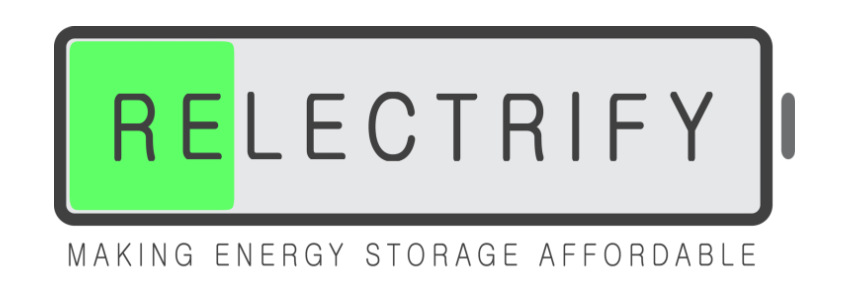
As a 2015 startup, Relectrify is headquartered in Melbourne and specializes in enhancing batteries and optimizing their performance. Their innovative technology allows for the complete utilization of each cell’s capabilities, resulting in improved efficiency.
Additionally, it also reduces costs by generating AC output without the need for an external reverter.
Relectrify has successfully secured multiple funding rounds, including a significant investment from Energy Innovation Capital, although specific financial details of this latest round remain undisclosed.
The company at a glance:
Year Founded: 2015
HQ: Melbourne, Victoria, Australia
No. of employees: 11-50
Key people: Daniel Crowley, Valentin Muenzel
Similar companies: Octave, Cling Systems
Sendle

As a pioneer in carbon-neutral services in the Australian courier industry, Sendle certainly is a one-of-a-kind startup helping small to medium-sized Australian businesses as well as online retailers.
COVID-19 was certainly a boost for Sendle with their business expanding further across the US.
Sendle also successfully secured financing of $35 million in a 2021 Series C funding led by AP Ventures, backed by Afterpay, along with returning investors like Federation, Full Circle, and NRMA.
The company at a glance:
Year founded: 2014
HQ: Sydney
KeyPeople: Craig Davis, James Moody, Kohei NISHIYAMA, Sean Geoghegan
Number of employees: 1-10
Similar companies: Eddress, Xcelerator.
HealthMatch

As a digital healthcare company, HealthMatch aims to revolutionize the process of connecting patients with clinical trials.
The Aussie startup uses advanced machine learning technology to match patients in real time with trials aligned to specific medical profiles. Alongside, the extensive use of artificial intelligence, it helps analyze clinical data and significantly expedite patient recruitment and recovery.
The company at a glance:
Year founded: 2017
HQ: Sydney
Key people: Manuri Gunawardena
Number of employees: 1-10
Similar companies: Six Physio, RichFeel, Cortica
The post 10 Australian Startups In 2023 That Can Change Aussie Lifestyle appeared first on TheAussieway.
]]>The post Australia’s Economic Growth Performance So Far And What’s Expected In 2023 appeared first on TheAussieway.
]]>
The quality of life in Australia is among the best in the world. Its economy has been expanding for over 21 yrs and it is considered to be the most stable nation as far as the Economy is concerned.
It is one of the few Western nations that avoided a slump. While the country’s debt as a proportion of GDP is 10%, the unemployment rate is only 5.4%. What is the cause of this achievement? Certainty is one thing.
Australia has recently been going through a mining surge. Basic materials are exported by the nation. China and Malaysia are two growing Asian nations that are the main drivers of demand. China has been the nation’s top business partner since 2007.
The nation benefits greatly from rising commodity values as well as from foreign investment in its mining industry.
However, it is no secret that the world economy is constantly shifting, and the most recent COVID-19 impacts seem to only accentuate this reality.
In particular, lockdowns and regulations related to the nation’s reaction to the global pandemic have severely hampered the Australian economy.
Nevertheless, it is anticipated that the economy will adjust to these changes through worker development and the adoption of a greener, more sustainable strategy.
Here, we briefly discuss the present economic situation in Australia, how COVID-19 changed everything, and the prospects for the Australian economy going forward.
Australia’s Current Economic Situation
It’s crucial to first comprehend what we truly mean by the term “economy” in order to comprehend the current state of the Australian economy.
There are a few fundamental concepts to understand even though we won’t be able to cover everything about what a market is right now.
An economy is a network of relationships between the factors of creation. There are also regional economies, national economies, and global economies, so output and consumption take place on a variety of scales.
Simply put, an economy consists of buyers and sellers as well as the players in the government who control and tax these exchanges.
Gross domestic product, also known as GDP, is a common metric for assessing an economy. The Gross Domestic Product (GDP) of Australia is a gauge of how much economic development there is or isn’t.
Therefore, it is said that Australia’s GDP growth rate is rising when consumers can make big purchases and sellers can satisfy those demands. Sellers, however, are then unable to sell when consumers are unable to spend. It is said that Australia’s economy is collapsing in those circumstances.
Of course, this is an oversimplified explanation of what an economy truly is, but in general, this buyer-seller interaction comes up when most people discuss the Australian economy.
This concept of a healthy economy is also related to the Australian inflation rate, supply and demand, production prices, resource availability, and other factors. Again, we won’t get into the specifics of the business at this time.
However, it’s fair to say that not all areas of the Australian economy are doing so well.
Australian Economy’s Response to COVID-19

Image Credit: https://www.mckinsey.com/featured-insights/asia-pacific/the-curse-of-the-lucky-country-in-search-of-economic-antidotes-to-covid-19
As a reaction to COVID-19, Australia implemented lockdowns, contact tracing, mask-wearing, travel bans, and social seclusion. But depending on the sector you worked in and where in Australia you lived, these changes could have a significant impact on the economy.
Nevertheless, it cannot be denied that COVID-19 has a significant influence on both the Australian workforce and the country’s GDP. Among COVID-19’s effects are some of the following:
- Looking out across the 2020s
- Education Disruption
- Healthcare Disruption
- Supply Chain Disruption
- Inflation Rate in Australia
This undoubtedly condensed list of some COVID-19 effects on Australia’s industry is undoubtedly lacking. Now, however, let’s examine each of these elements and how they impact Australia’s economic growth or the absence thereof.
Looking out across the 2020s
And so, here we are in the middle of 2022: An economy that roared back to life following the COVID recession, but had its typical trade and migration links to the world disrupted, now battles with labour and supply chain shortages as the spectre of a global inflationary crisis slowly approaches.
If the only goal of our strategy is to address the economic problems of 2022. However, the shocks from the Covidian period will have a much greater transformative impact on the Australian economy than just these current problems.
Moving ahead, it is evident that Australia will need to reconsider many of its fundamental economic presumptions in order to succeed post-COVID. Over the next ten years, five new structural obstacles are likely to make a difference in whether we succeed or fail.
Disruption in the Educational System
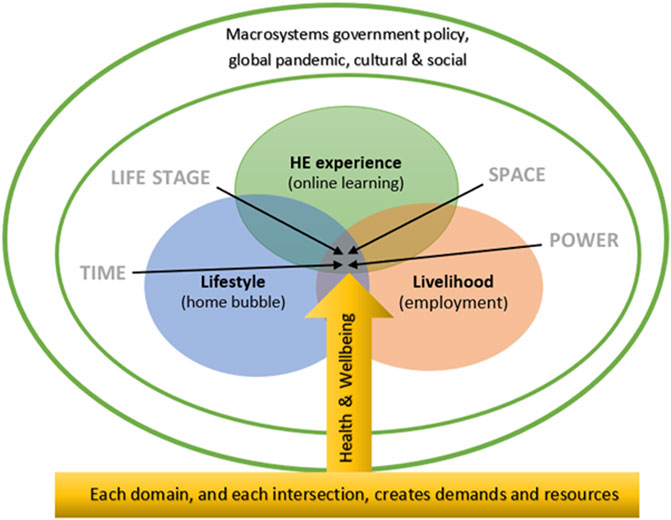
Next, COVID-19 limitations have severely disrupted education at all levels. Over 87% of the pupil population worldwide, including every state in Australia, will no longer receive a K–12 education by March 2020, according to UNESCO.
Australian students who were upskilling or pursuing higher education were also impacted, in addition to the fact that many of them were pulled out of school to learn for the first time in a virtual setting.
New educational approaches will be necessary to support the Australian economic system’s development, especially for sectors that demand highly skilled workers or workers who learn best in a face-to-face environment.
Medical disruption

Once more, Australia’s economy is in jeopardy without a healthy labour population. Therefore, other medical treatments may be delayed as hospitals concentrate all of their efforts on avoiding COVID-19 outbreaks in the future.
According to the findings of a WHO survey, even a year into the pandemic, about 90% of countries are still reporting one or more critical healthcare disruptions caused by COVID-19.
As a result, even though these protocols are in place to protect Australians from COVID-19, the disruption in the provision of appropriate healthcare is another factor contributing to the destabilisation of Australia’s GDP.
Supply – Chain Breakdown
Although it was only barely touched upon earlier, the relationship between supply and demand is crucial to comprehend the state of an economy.
You’re in problems whether there isn’t enough supply to meet demand from customers or there is too much supply compared to demand. The general economy operates under the same tenet.
Supply chains have been severely harmed by COVID-19 and its associated travel bans, border restrictions, and workforce disruptions, as anticipated.
Medium and small Australian Businesses are more likely to fail when they can’t procure enough products to sell to consumers. And the general economy suffers because there are fewer businesses to satisfy consumer demand.
Apart from that the bitter economic relations between Australia and China have also contributed to disruption in the supply chain.
Inflation Rates
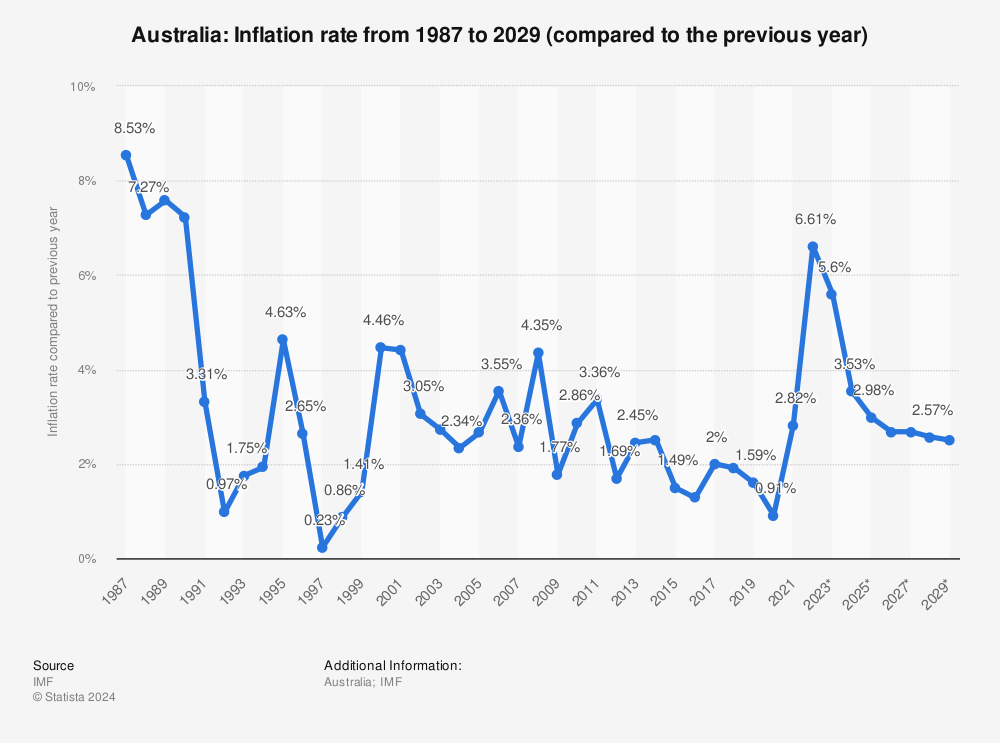
Another worldwide issue that is starting to affect Australia is higher inflation.
After two years of gradually increasing supply chain pressures, the Russian invasion of Ukraine earlier this year caused a sharp increase in energy and food costs. Australia’s inflation soared as a consequence, reaching a record-breaking 6.1% in the June quarter.
In just four months, the central bank was forced to increase rates from 0.1% to 1.85%, and it will be forced to continue fighting until inflation returns to the target range of 2-3%.
Despite the fact that these rate increases are essential, they are burdening the economy’s demand side. We already face significant labour and supply chain constraints on the supply side. And as interest rates rise, customer confidence and spending are declining, hurting the demand side.
Undoubtedly, the Australian inflation rate must be viewed in a larger context. Australian inflation is only two-thirds of that of our rivals when compared to the OECD. This is because Australia produces a lot of food and energy, the two commodities that account for the majority of inflation. As a result, our agricultural and energy industries are protecting us from the full force of the tide.
Australian small businesses have been severely impacted by higher inflation rates, and while taming inflation will be challenging, it won’t be as challenging as in most other developed nations.
Australian Economy Forecast
Numerous forecasts have been made regarding the direction of the Australian economy in the wake of COVID-19.
And while it might take some time for the Australian economy to recover from the undeniably significant setbacks it has suffered since March 2020, the changes that could happen going forward aren’t necessarily all negative.
But in order for Australia’s economy to grow over the coming years, a few things will probably start to alter there:
- Development of the workforce will alter.
- Hybrid employment will become commonplace.
- Australia’s industry will change to a green one.
Employment Growth

First and foremost, there will surely need to be changes made in how we train our workforce in the future. Australians are now required to learn and adjust more quickly than ever because COVID-19 will forever change the nature of the workplace (in addition to the rapid advancement of technology).
Early 2021 research from LinkedIn revealed that during COVID-19, 130% more employees spent more time learning and that there were 159% more Leaders who supported learning and development.
Focus-wise, workforce development is probably going to pay more attention to technology, upskilling on a regular basis, integrating data and AI, teaching, mentoring, and management, as well as putting more emphasis on business goals.
To put it another way, any business will require the Australian workforce to be in a constant state of development.
In simple words, we need more Australian Start-Ups.
Hybrid Jobs

The fact that hybrid jobs exist in the Australian economy is another shift brought about by COVID-19. A hybrid job basically combines two or more formerly distinct roles into a single position.
For instance, people who previously only worked as programmers are now sometimes required to also be technical writers and managers.
Whether this strategy will have long-term effects on the employees themselves is still up for debate. But in fact, technology is advancing so quickly that workers worry they will be left behind if they don’t equip themselves with a diverse set of skills.
Making the Switch to a Green Economy

Last but not least, the shift to a green economy is most likely the only forecast for Australia’s economy that has little bearing on COVID-19. The sustainability of Australia’s GDP and climate change are major issues that economics undoubtedly take into account.
You’d be hard-pressed to find an economy that can operate without ecological resources if an economy is solely driven by supply and demand.
Your nation probably buys natural resources even if it doesn’t trade them. In other words, nobody is immune from considering how their economies will be impacted by climate change.
For employees, what does a green economy mean? Time will only reveal.
What’s Next For the Australian Economy?

It is standard practice to conclude economics presentations with a forecast or statement of the future. But today, I’m not going to do that. Our ability to provide reliable quantitative future predictions in a global economy that is suffering from shocks is simply not what it once was.
But we do know that these disruptions won’t stop. Supply networks won’t return to normal overnight, inflation won’t vanish overnight, and volatility will rule the day.
This year has already brought about one significant global black swan, namely Russia’s invasion of Ukraine. The troubling events in Taiwan over the weekend should dispel any illusions we may have had to the contrary.
Australia is not in a position to control these political and economic disruptions. However, we can organise our homes to ensure that we are in the best possible situation to withstand both recent and impending shocks.
The COVID reset is an opportunity for us to rethink some important issues with our economy. What function has migration? Which types of goods? How can technology and money be attracted? What will a productivity plan in 2020 look like? What does industrial supply chain security entail?
The solutions are still being worked out. However, it is these inquiries that offer the framework for modifying the Australian economy to a world in which shocks are prevalent. Our current job is to search for solutions that will guarantee Australia’s upcoming generation enjoys the same level of prosperity and financial security as the present.
The post Australia’s Economic Growth Performance So Far And What’s Expected In 2023 appeared first on TheAussieway.
]]>The post How the economic slowdown in china affect small businesses in Australia? appeared first on TheAussieway.
]]>
Asia has a significant impact both internationally and in Australia. Two-thirds of the world’s population resides in Asia, making it the most populous continent. Asia is home to some of the most dynamic, diverse, and complicated societies on earth. It will soon be the world’s largest consumer and producer of products and services.
In 2014, Asia accounted for 11 of Australia’s top 15 export markets (for both commodities and services), or approximately 71% of all exports. Approximately 58% of Australia’s two-way trade was with nations in the Asia-Pacific region. There is no denying the economic significance of Australia’s effective engagement with Asia.
Besides from being the most populous nation, China is the major economic centre of Asia. It is also known as the “Factory of the World,” where the majority of goods are produced. Businesses in Australia rely on China since it enables these companies to create their products at competitive prices.
The IMF reports that China’s economy has slowed since the pandemic, going from a record growth of 10% per year for three decades to approximately 7%, with an estimate of 6.3% for 2016. Even if this is affecting commodity prices, it might be advantageous for many Australian companies that export to China.
Today, we’ll look at the economic relations between Australia and China, how Australian businesses may endure the current downturn, and what options are available for producing goods at competitive rates.
Why is it so difficult for China’s economy to recover from the pandemic?

China’s economy has slowed down on purpose, primarily as a result of the country’s realisation that strong growth cannot last forever without bringing about a devastating crisis at some point. According to the BBC, the Chinese government decided against such a fall and instead aimed for a more moderate and sustained growth level of close to 7%.
At 48% of GDP, investment in China is thought to be far too high, which might spell disaster in the case of a meltdown in the real estate industry.
As a result, China has started to rebalance its economy so that household consumption of goods and services will now account for a larger portion of its growth than industry and investment.
According to a recent report by the International Monetary Fund, China’s “Zero covid policy”,” evergrande real estate crisis“, and the crackdown on cheap credit are all expected to contribute to lowering China’s real GDP growth rate from 7.4% last year to 6.8% this year and further weakening demand for Australian commodities.
China is experiencing setbacks on the political fronts as well, which has changed its objectives. It appears like China is focusing more on political matters than on economic recovery, which is bad for everyone around the globe, not just Australia.
What effect does this have on Australia?

The biggest effect on Australia is the drop in commodity prices, which have declined by 8.5% over the past year, as most of Australia’s exports to China are in the commodities sector.
However, there may be upsides in other areas, so the news is not necessarily all bad. Although it’s impossible to accurately anticipate the future, some of the more promising developments for Australian exports could include:
- The greater long-term durability of China’s economy compared to the potential for a significant crash and burn!
- Consumer products and service exporters may have more scope and opportunities if China places more emphasis on consumption as the engine of its economy. Some economic experts believe that the increased emphasis on consumption in China will be beneficial for the exports of education and tourism. Consumer goods including clothing and personal care items, food and drinks like Australian wine, healthcare services, financial services, biotechnology, and environmental technologies may all present prospects.
- Domestically, it might inspire Australia to plan ahead and step up efforts to support innovation and entrepreneurship rather than relying so largely on commodities for economic growth.
Despite short-term effects like volatility in commodity prices, the government of China’s actions to prevent a crash are not anticipated to have much of an influence on long-term global commerce.
How Australian businesses may endure the current downturn?
The more robust your company is, the less likely it is to be impacted by risks or unforeseen events, assuming they do occur. Financial management is only one aspect of strengthening your company. Additionally, it offers techniques for growing and retaining your clientele, marketing your company on a budget, boosting employee morale, and enhancing corporate procedures. Additionally, you want to look for chances to collaborate and build partnerships because doing so will lessen the hazards to which you are exposed.
But first, let’s see the government’s strategy for continuing to promote small businesses. Instead of offering direct financial help, the majority of these projects concentrate on enhancing the working environment for small businesses in Australia.
Permanent reforms to insolvency laws for small businesses

Image Credit: https://static.businessworld.in/
More small businesses should be able to withstand bankruptcy procedures with the support of long-lasting changes to the insolvency regulations for small businesses. The changes make it simpler for enterprises with total debts of less than $1 million to restructure their obligations and carry on with business as usual as opposed to winding up. Following the expiration of the interim insolvency relief that was implemented in response to the pandemic, the new framework went into effect in January 2021.
The compulsory Payment Times Reporting Scheme

Image Credit: https://www.pwc.com.au/tax/payment-times-reporting.html
It forces larger organisations to publicly record how soon they pay bills issued by small businesses. It has been in place since January 2021. Large enterprises should be able to make payments more quickly as a result of the enhanced transparency and potential for higher monitoring. Small firms have repeatedly complained that certain major companies force them to accept protracted payment terms, which negatively affects their cash flow.
The Australian Prudential Regulatory Authority recently announced new capital rules
Although not a move specifically aimed at SME access to financing, it will, in part, reduce the amount of capital banks must maintain against unsecured SME loans for select institutions. As a result, banks will pay less to fund SME loans, which should increase the marginal appeal of small company financing. Currently, early 2023 is the anticipated date for the new regulations to go into effect.
Apart from that, the following tactics should be taken into account if you want to strengthen your business during a recession.
Marketing strategies

Image Credit: https://yglmarketing.com/six-steps-to-build-a-more-effective-marketing-strategy/
Reviewing your marketing strategies will assist you in developing fresh suggestions for boosting sales and finding more efficient ways to spend your marketing budget. Communicating your competitive advantage should be your main priority.
Additionally, your USP should help you stand out from the competition. Additionally, it’s critical to have plans for evaluating the success of your marketing.
It can be expensive to market your company, so it’s crucial to look into whatever free marketing resources you may have, such as social media and word-of-mouth promotion, while the economy is struggling.
Managing and upskilling your workforce

Image Credit: https://www.neeyamo.com/blog/upskilling-your-workforce-why-and-how
Make sure your human resources (HR) plan is current. You should include workforce costs in your plan so that you can estimate the cost of your goods and services.
By properly explaining to your team what is happening within the company, you may increase morale and motivation. Make an effort to involve them in decision-making and solution-finding.
You might need to adjust your staffing plans during a recession. If hours must be cut, look for adaptable solutions (e.g. you could ask some of your full-time staff to work a 4-day week, or use job-sharing arrangements). Make sure you are aware of your obligations for terminating employment if you do need to let some employees go in order to save money.
Creating innovative techniques
Creating new processes can help you remain competitive and adapt to shifting market conditions. You should evaluate as part of this process whether utilising technology would boost productivity, cut expenses, and raise your company’s competitiveness, such as by setting up a customer management system or conducting business online.
Networking

Image Credit: https://www.linkedin.com/pulse/what-business-networking-why-important-robert-ford/
During a recession, networking can be helpful to see how other companies are faring. Additionally, you might at very little cost to your organisation find new prospects, clients, employees, suppliers, and business partners.
Think about partnering with other companies, perhaps by providing discounts and similar services.
Bottomline
Over the last few decades, the Chinese economy has grown quickly, and cross-border ties with Australia have also grown. However, Chinese growth has slowed down since the start of the decade. This slowdown has been planned and is intended to shift the economic trajectory to one that is more sustainable. Risks, however, continue to be high, particularly in light of rising debt. A major downturn in the Chinese economy could be brought on by a wide range of factors, such as a slowdown in the housing market, a shock to external demand, or a shock to the financial system. Due to Australia’s connections to China, the domestic economy may be significantly impacted.
However, a depreciation in the exchange rate and supportive monetary policy might somewhat counteract these adverse consequences. The effects on the Australian economy will ultimately depend on whether policy can react in a timely manner and proportionately to the magnitude of the shock, even though larger effects are possible, especially if the global and financial spillovers from a China-specific shock are greater than what is taken into account in our scenarios.
The post How the economic slowdown in china affect small businesses in Australia? appeared first on TheAussieway.
]]>The post Time To Prepare For Aussie Small Businesses appeared first on TheAussieway.
]]>
Almost after two years, the Australian SMBs are seeing some good. After countless extended lockdowns, the country is finally about to resume its normal form.
While other Australian states have gradually reopened as vaccination rates have risen, McGowan held strong, and the state’s residents were able to live almost restriction-free lives within its borders. Western Australia only had 12 days of lockdown in total during the pandemic and recorded one death due to community transmission.
The decision to reopen comes even as New South Wales, the country’s most populous state, records increasing Omicron variant case numbers. Early health advice given to McGowan and other state and territory leaders last week suggests the new variant is not as severe as prior strains.
Geof Alexander, general manager of Zip Business, speaks to the small business owners in Australia and has shared what mindset is stopping the small business owners from reopening their stores at present.
Fluctuations in Business confidence still persists
It’s been a difficult few months this colder time of year for some Aussie businesses, especially those states that have persevered through long lockdowns. In any case, post that, Aussie organizations in different urban communities have likewise been anxious, managing shock snap lockdowns and the dread of additional lockdowns approaching overhead.
Alexander, in an interview, said that last year, New South Wales largely escaped lockdown until recently, when they went down again for a few months.
He added about how he had managed to spend a couple of months with his family up in Queensland during the most recent lockdown, and even though the state was open, every business he had spoken to was just waiting for a shutdown. Even in those booming economies, their confidence was still impacted, which was miserable.
It might look ok for now, but Aussie businesses are skeptical about their future and economy and are still figuring out how to deal with everything. They are wondering what their future looks like in the next 12 months and how they know that their customers are going to keep coming in. Uncertainty has engulfed the business owners at most.
Uncertain cash flow

Image Credit: https://quickbooks.intuit.com/ca/resources/cash-flow/cash-flow-uncertainty/
While the restrictions were crucial for public health, they are now having an outsized impact on small businesses that are dependent upon foot traffic and in-person sales. The lockdowns to control the virus spread is having a devastating effect on small business cash flow.
Their mindset needs to be proper at this point. The journey has seen so many ups and downs that they aren’t able to see the goodness of what’s coming.
Some have found new places to invest in vehicles; others are shifting to providing virtual business services. And some have started making a living by using combined government grants, stretching their cash, and controlling their spending.
At this point, Alexander said that with such uneven performance, if small business owners go to a bank and ask for funding, it’s hard for a bank to understand what the business’ true financial position is.
At Zip, while states have been locked down, they’ll look back at a small business’ performance prior to that period. It’s at the heart of why they have launched their product, which is helping businesses to extend their payment terms
Affected Supply Chain

Geof Alexander says that even three to six months ago no one would have the confidence that everything was going to get normal by Christmas. At present it is hard placing orders, getting stock in and out along with the shipping. It has now become a sort of challenge and so the supply chain has been affected badly.
All of this is because of the combined action of the pandemic, transport strikes coupled with an increase in online retail. For big businesses this isn’t an issue at all, it’s all that the small business owners have to face the fatal blow.
Business owners being more cautious and less aspirational
Right before the pandemic hit, small business was doing just fine in and around Australia. They were hopeful about their future and motivated to take on the next big step.
The COVID has eaten all those hopes and motivations, and whatever is left is what these small Aussie businesses are trying to come up with.
The latest small business trend is to support each other and get back to the best forms they ever thought to become.
The post Time To Prepare For Aussie Small Businesses appeared first on TheAussieway.
]]>
